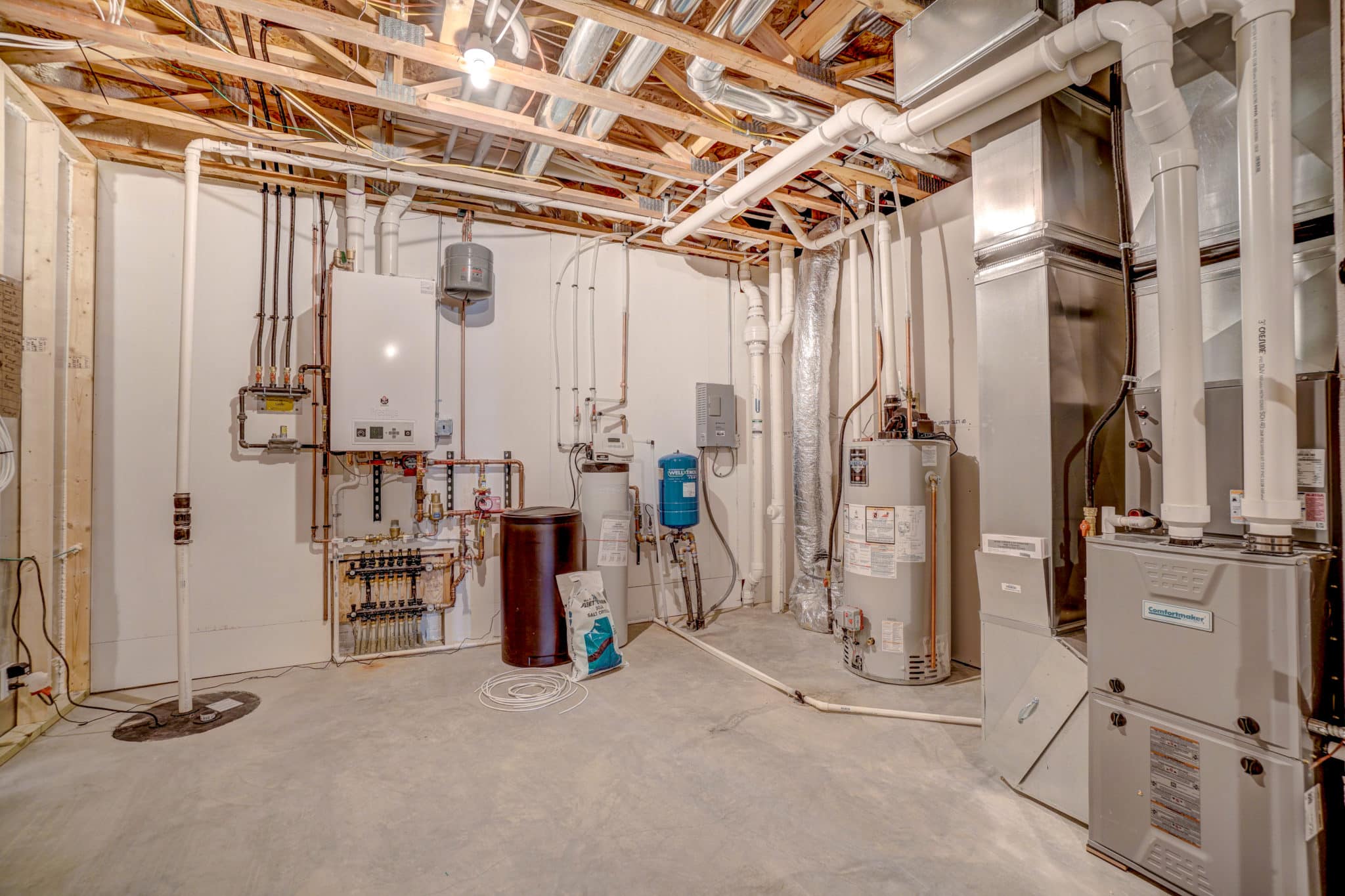How to Make Your Home More Energy Efficient
Curious about how to make your home more energy efficient? Here’s the must-know information from Barry Stranz (professional & educator) who has 30+ years in the home improvement industry.
Listen To The Entire Home Improvement Show Here:
The Modern History of Home Energy Efficiency
Having been in the home improvement business for over thirty years, this week’s host, Barry Stranz, has witnessed his share of building code efficiency changes. Currently teaching classes to realtors, he felt it was important to convey to them how much the approach of exterior wall sheathing has evolved over time and how it impacts a home’s energy-efficiency.
Homes built prior to 1930 utilized solid lumber boards. By the 1950’s and 1960’s, fiberboard and plywood 4×8 sheets were being used on the outside of the house. That meant the drying capacity changed because these sheets allowed less vapor to move through them. This change was made because it created more structurally sound homes. This adjustment also brought on a modification in the drying capacity of the wall framing.
The 1970’s saw an increase in the amount of insulation being used in homes. However, homes still felt drafty because of leaky windows. With the dawn of the 1980’s window efficiency increased, as did the tightness of the construction of new homes. This created a scenario of moisture problems within homes, particularly in homes with stucco siding.
That was because builders were not addressing where the water vapor in a home should be directed. Contractors that were opening up walls in the winter months were discovering that fiberglass insulation was frosted on the back edge to the plywood due to the absence of a vapor retarder.
These days, the majority of building experts understand that while it’s important to have a tight home, the moisture within needs to be properly controlled with an adequate ventilation system.
How Your Furnace Impacts Energy Efficiency
Savvy homeowners know that this time of the year is a prime time to start thinking about winter home maintenance. One task that shouldn’t ever be neglected is prepping your furnace, including changing your filter. When considering which filter to purchase, it’s wise to check the MERV (minimum efficiency rating value). This spells out how well a filter can screen particulates in the air inside the system.
Most furnaces can handle up to a MERV 8 without having impact on the blower motor’s operation. Newer units were designed for better screened filter systems. This means they can accommodate a MERV 12. If you put a finer screening filter onto a traditional furnace blower motor, you’ll restrict so much air that the motor has to work too hard. Because of that, you’ll shorten the life of the blower motor. It’s worth noting that the cheapest furnace filters are usually comprised of fiberglass and provide minimal functionality.

Replacing Drafty Windows in Winter
Donna in Prior Lake called in to ask whether the dropping temperatures would require her to wait until spring to replace the picture window in her home that had a broken seal.
Barry assured her that air temperature doesn’t matter and that there are caulks designed to hold up to Midwestern winters. A room might become cold during the installation, but the rough opening is exposed for minutes and not hours.
Learn More About Lindus Construction’s Window Installation Process:
Contact us today to get started making your home more energy-efficient.
Our team answers homeowner questions every weekend on WCCO 830 AM from 9:00 am-10:00 am. Have your most pressing home improvement questions answered by calling or texting 651.461.9226.
